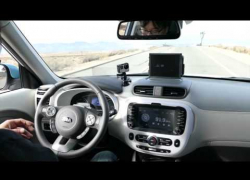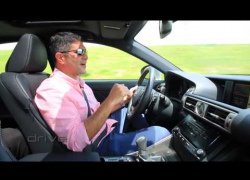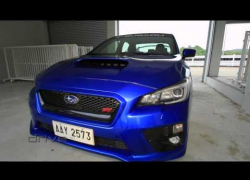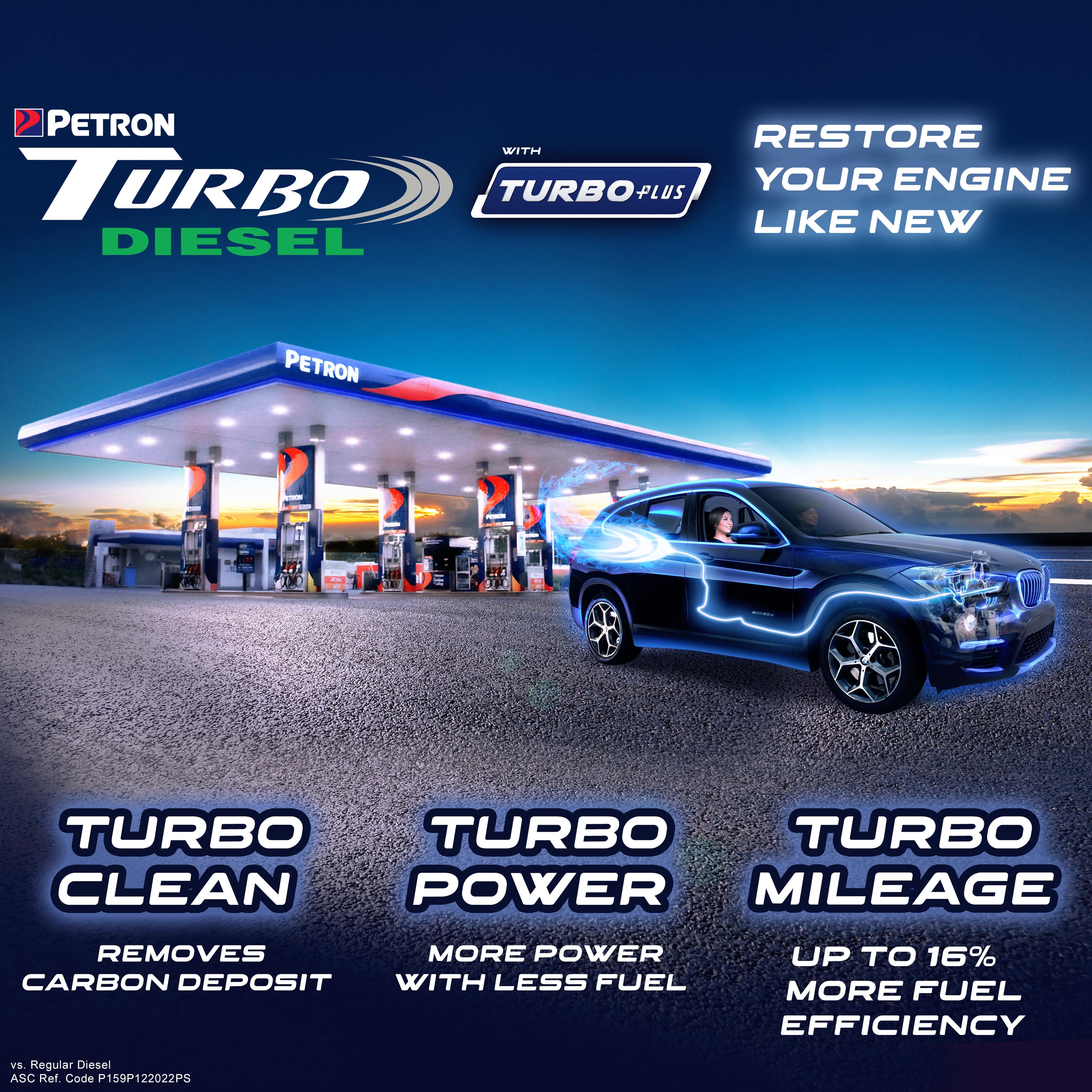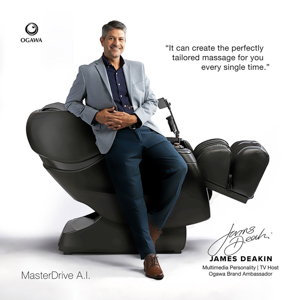When Peugeot found out that I was on a mission to find the country’s most economical car, they thought they’d save me the trouble and sent over a 1.6 Liter e-hdi diesel with an automatically controlled manual transmission just to spoil the ending for everyone.
Now I’ve read about the legendary fuel efficiency of this car, and I’ve driven the bigger brother (5008) but once again, I’m sure we could all come up with extremely flattering figures when the prize for the best consumption is a free trip to Paris for 2.
Still, despite their legendary eco-runs, I’ve had owners writing in saying that their personal units have been returning amazing numbers outside of the competition; so as much as I wanted to draw this whole search out into a massive climax, I had no choice but to take up the challenge.
First up, it was off to the same fuel bowser at the Total station in Merville that I have been filling up to the first automatic click. Once that was done, I zeroed the trip meter and began a regular 360 plus kilometer city route over 5 days. This includes the regular morning snarl from Merville to Alabang, then back again. Plus the trips into the fort, Makati, Ortigas and Greenhills. Basically a regular working week.
Same conditions apply: easy on the throttle, try not to breach 2,000 RPM, but still have to keep up with the pace of traffic.
The 3008 handles it beautifully, save for the awkward shifting from the clutch less manual. It feels just like the 1st generation SMG of the BMW M5, and that was not meant as a compliment. Same goes for the Eco mode that switches the diesel engine off at idle.
The trade off, however, is that it pays dividends in fuel economy. As in, real dividends. We logged well over 300 kms during the 5-day long test drive with a minimum of two people on board, but an average of 3.5 if you wanted to be specific. This is classic city driving, twice a day during peak hour, with only about 40-50 kilometers of the week being spent on the stretch of highway between Sucat and Bicutan.
So after logging the mileage down, we headed back to the same bowser at Total Merville, filled up until the first automatic click, and did the numbers. After 363.7kms of Metro Manila driving, the thrifty little Peugeot sipped just 23.16 liters of the crude stuff. Not bad at all. And they say the French drink a lot.
But that is only half the story. After recording that figure, it was time to reset the trip meter again and head down the Skyway from Magallanes to Sucat at 11pm to get the highway figure. The idea is to get up to 100 km/h on the SLEX, reset the trip meter, maintain speed, reset at the exit toll booth, write the figure down, make the U turn at Sucat road, reset again only once we re-enter the Skyway and hit 100 km/h, then reset again once we come off the Magallanes off ramp.
The idea here is to get an uncorrupted highway figure that is averaged out both ways to compensate for elevation. This is the only time I can say that we are achieving near-perfect conditions. But it is the same for every car tested on the list, even the earlier ones that I tested on the NLEX. Basically, regardless which highway I use, for so long as I can maintain the steady 100 km/h on the same patch of road both ways, the figure can stand.
Speaking of which? How does the 3008 stand?
Click here for the complete list.
